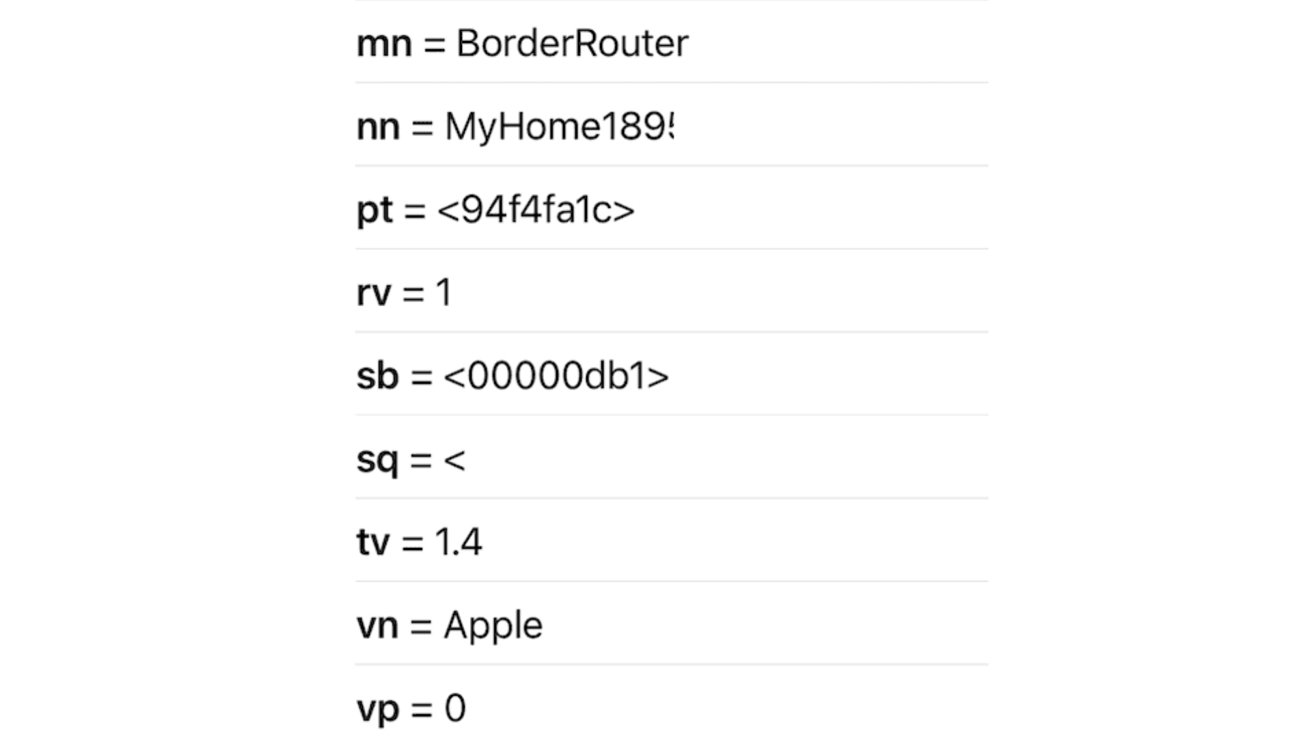Smart home devices that connect over Thread should have a much more stable network thanks to Thread 1.4 support in tvOS 26.
Thread is an IP-based wireless protocol that connects primarily smart home devices around the home. The devices create a self-healing mesh network that can be more reliable in the outskirts of your home than Wi-Fi.
The protocol is much improved with Thread 1.4, which was adopted by Apple in tvOS 26. The change was spotted by Matter Alpha by analyzing the Apple TV network details.
With iOS 18, Apple allowed direct control of Thread accessories from iPhone, removing the need to go through a Thread border router for even faster actions. Now it should improve further thanks to the adoption of Thread 1.4.
Apple has been utilizing Thread in its Home products for years, including it in the HomePod mini, HomePod, and Apple TV 4K, which act as Thread border routers that bridge your Thread network with your Home network. The iPhone 15 Pro, iPhone 15 Pro Max, iPhone 16 Pro, and iPhone 16 Pro Max also contain Thread radios.
One advantage of Thread is its low power consumption, giving it additional benefits over Bluetooth-based accessories when running on battery power. It’s commonly used now in sensors, smart locks, shades, and other smart home products.
What the Thread 1.4 update adds
Thread 1.4, first released in September of 2024, included many quality-of-life upgrades for the burgeoning standard.
To start, Thread 1.4 compatible devices will create a single mesh network in your home, rather than each smart home platform or OS trying to create their own. This will result in a more stable network that is also larger because they can see more devices.
Thread 1.4 node devices all get a distinct path to the internet, allowing accessories to offer additional features that are pulled from online sources. An example could be smart shades that automatically move their position based on current weather conditions or a light that changes color based on football scores.
Chiefly, Thread 1.4 makes it far easier to test and deploy Thread devices for manufacturers. It provides easier testing and troubleshooting as well as more insight into the Thread network as a whole.
Ultimately, this update should improve the user experience for Thread devices, especially as accessory makers also update their products as well. Thread 1.4 will be available to Apple users once they update to tvOS 26 after it releases in September.
This story originally appeared on Appleinsider



